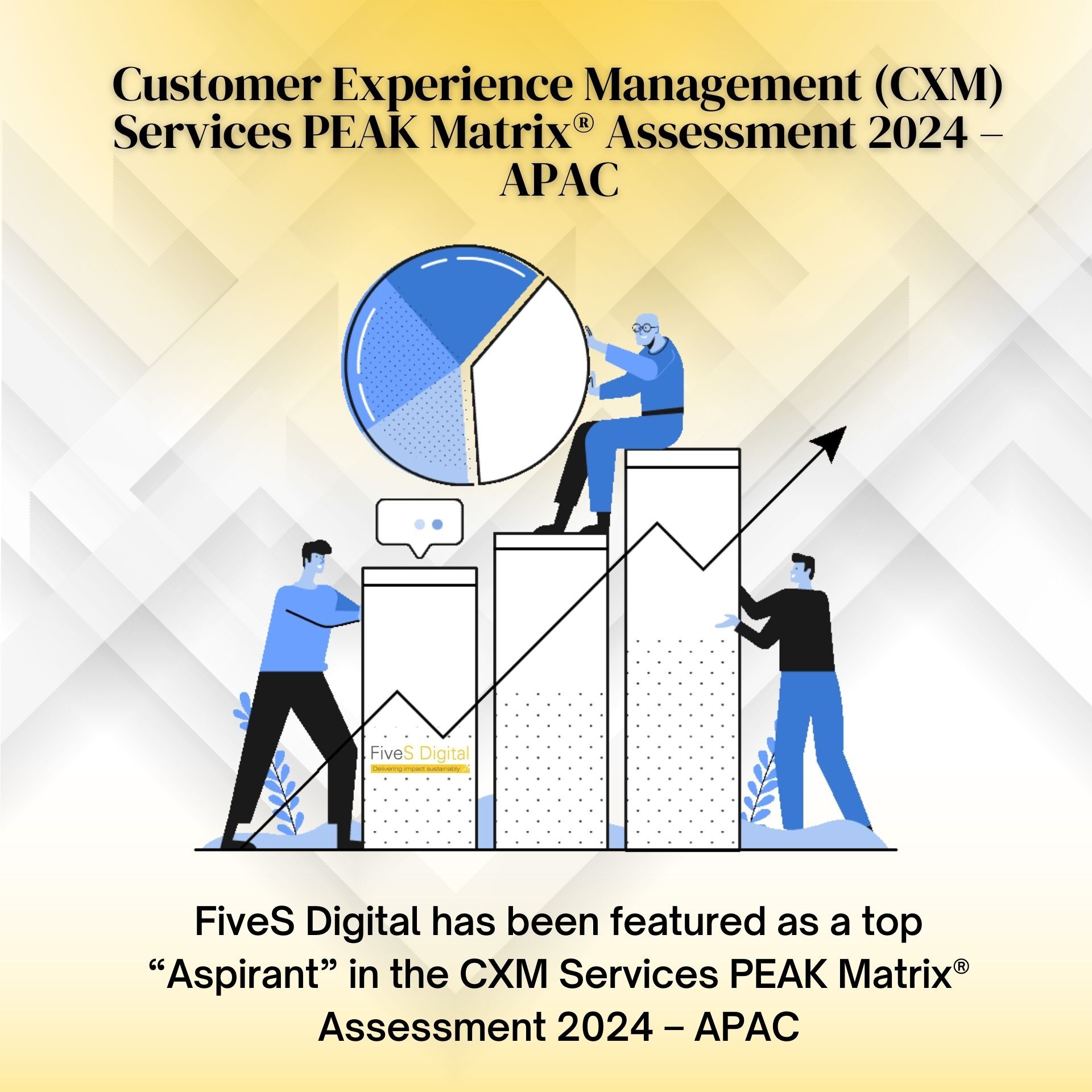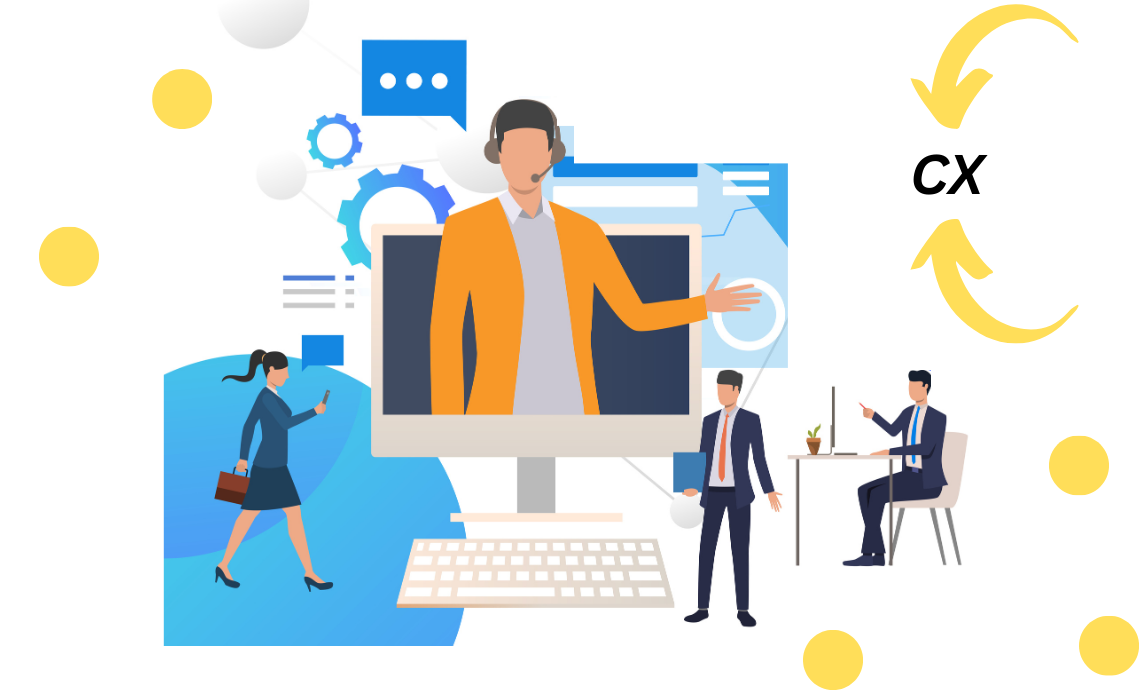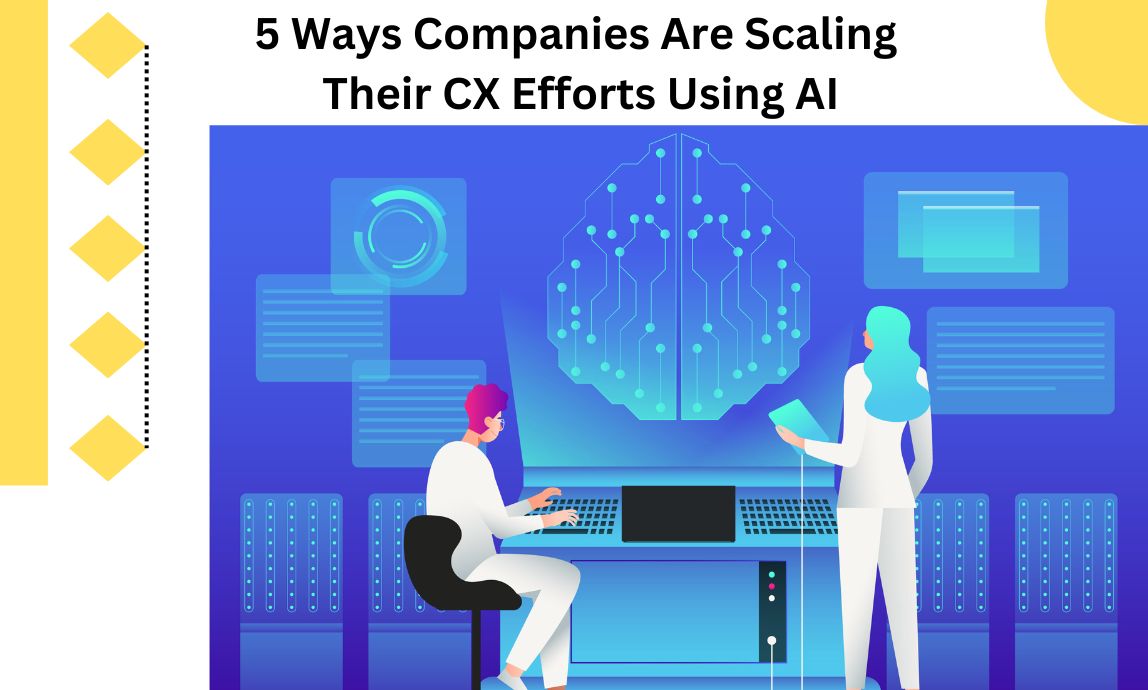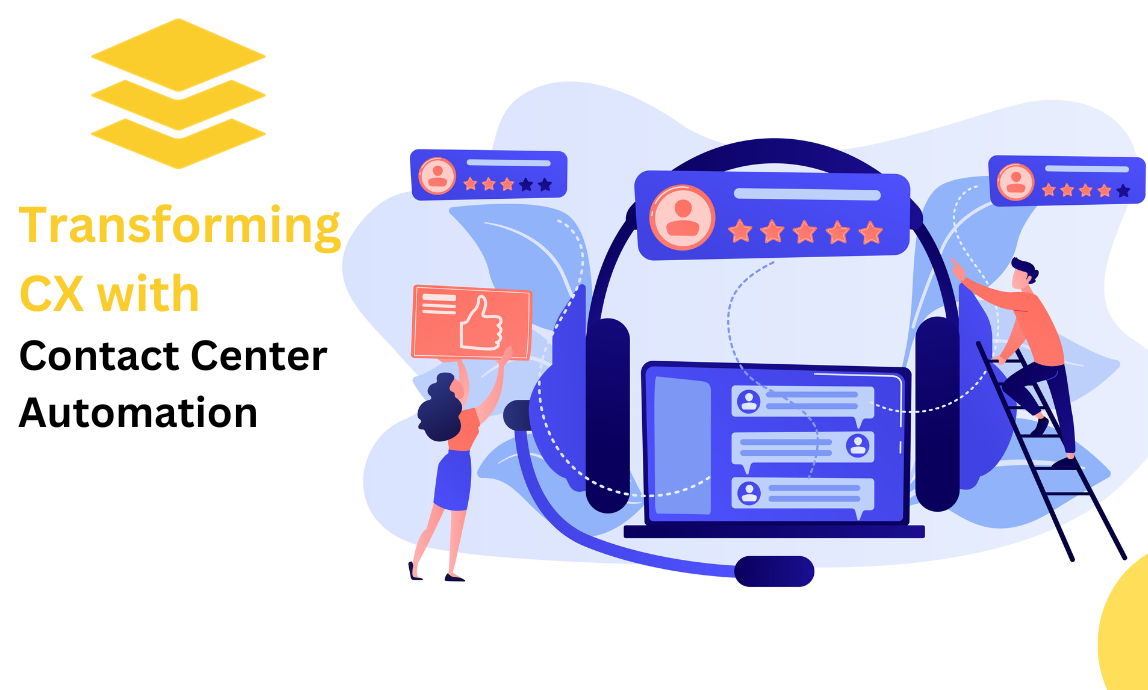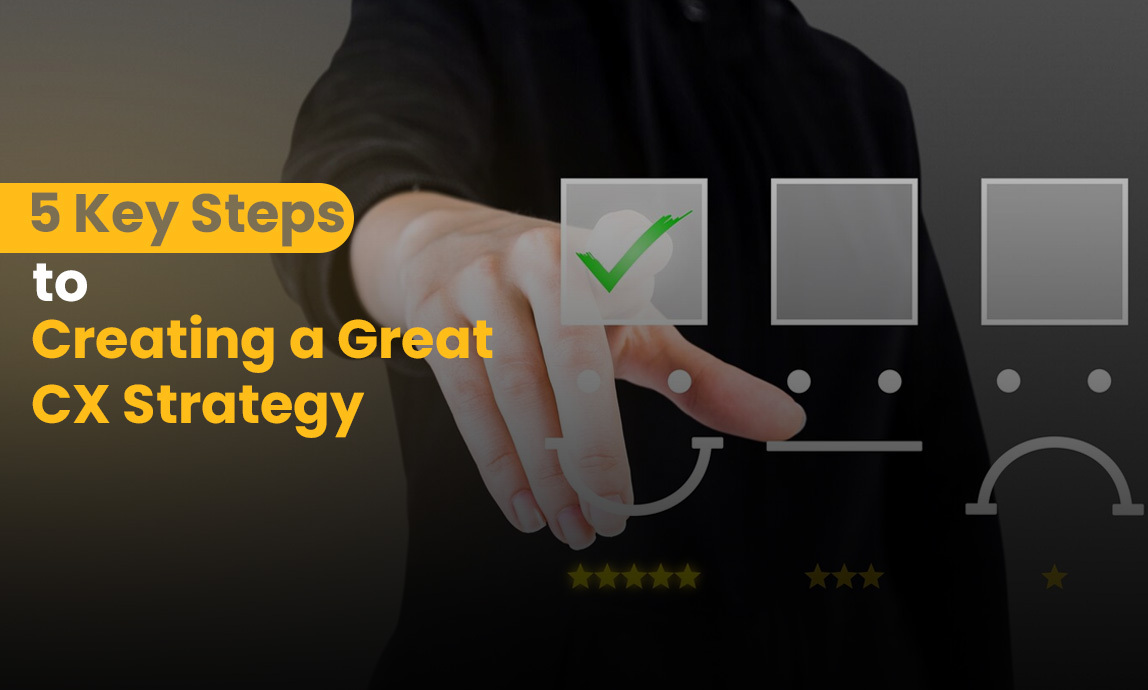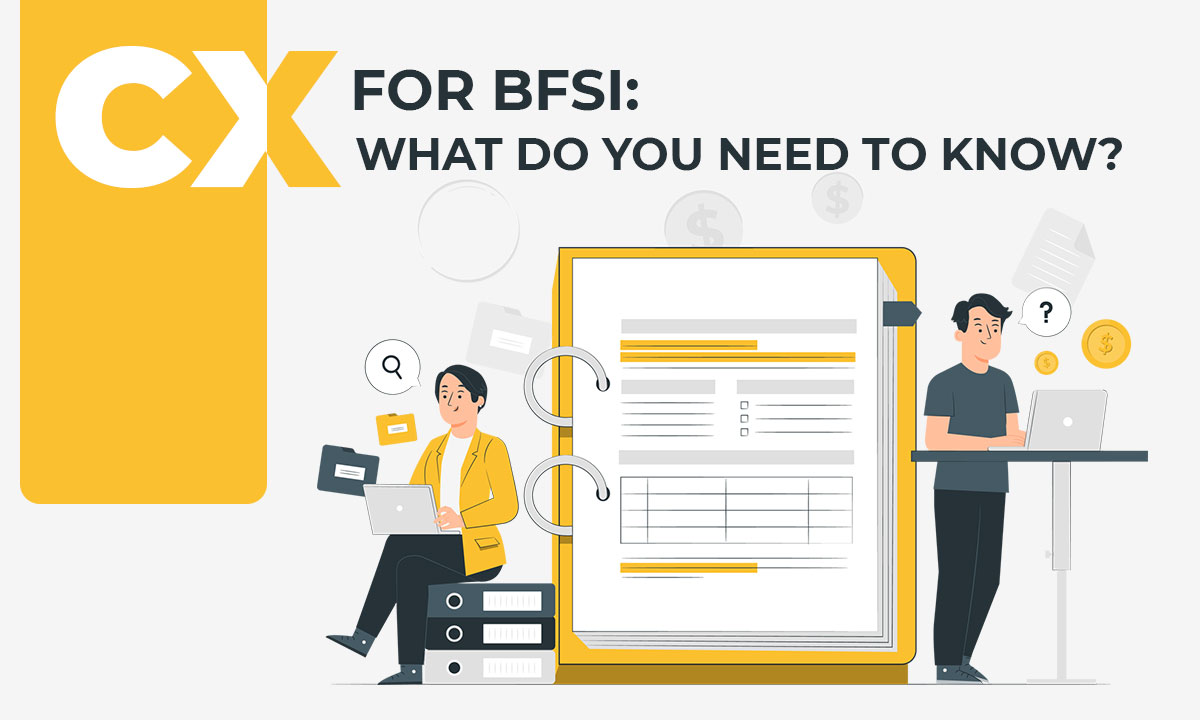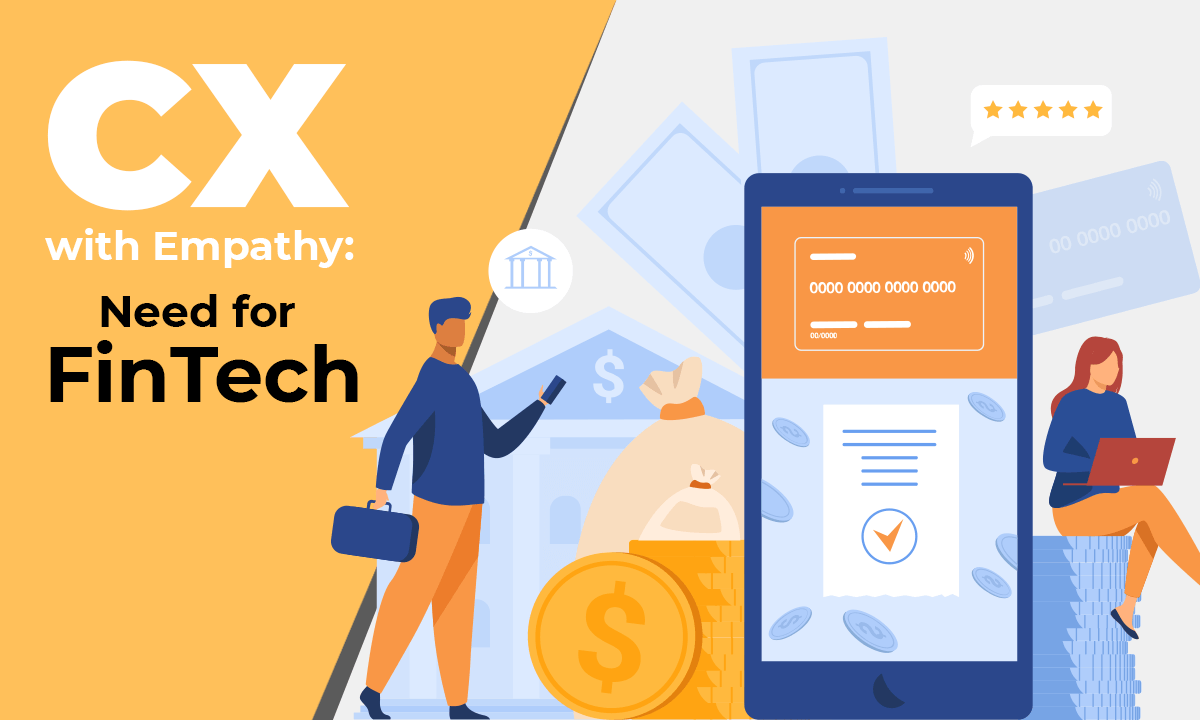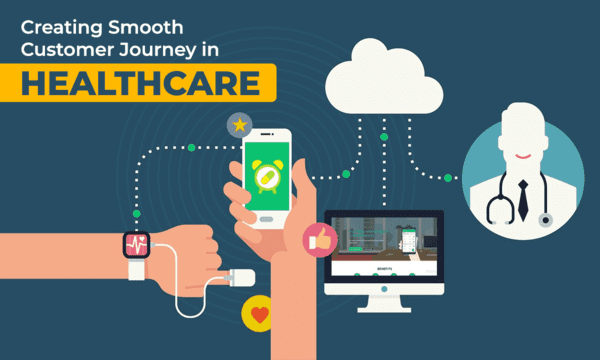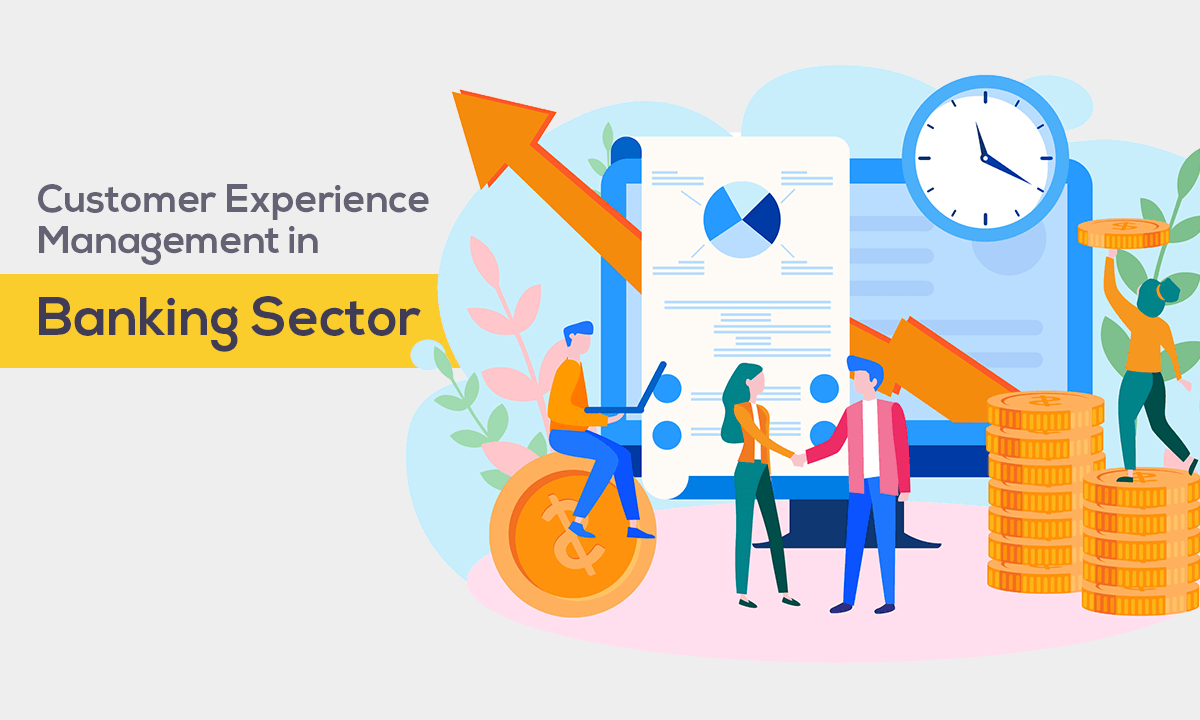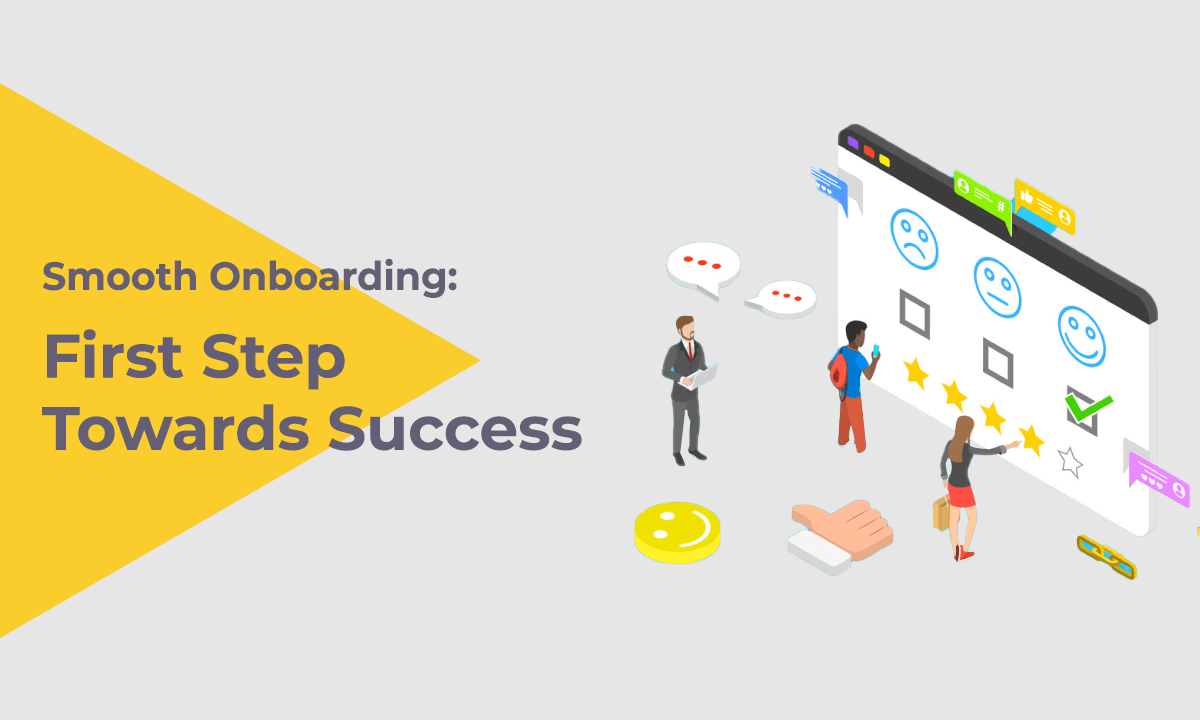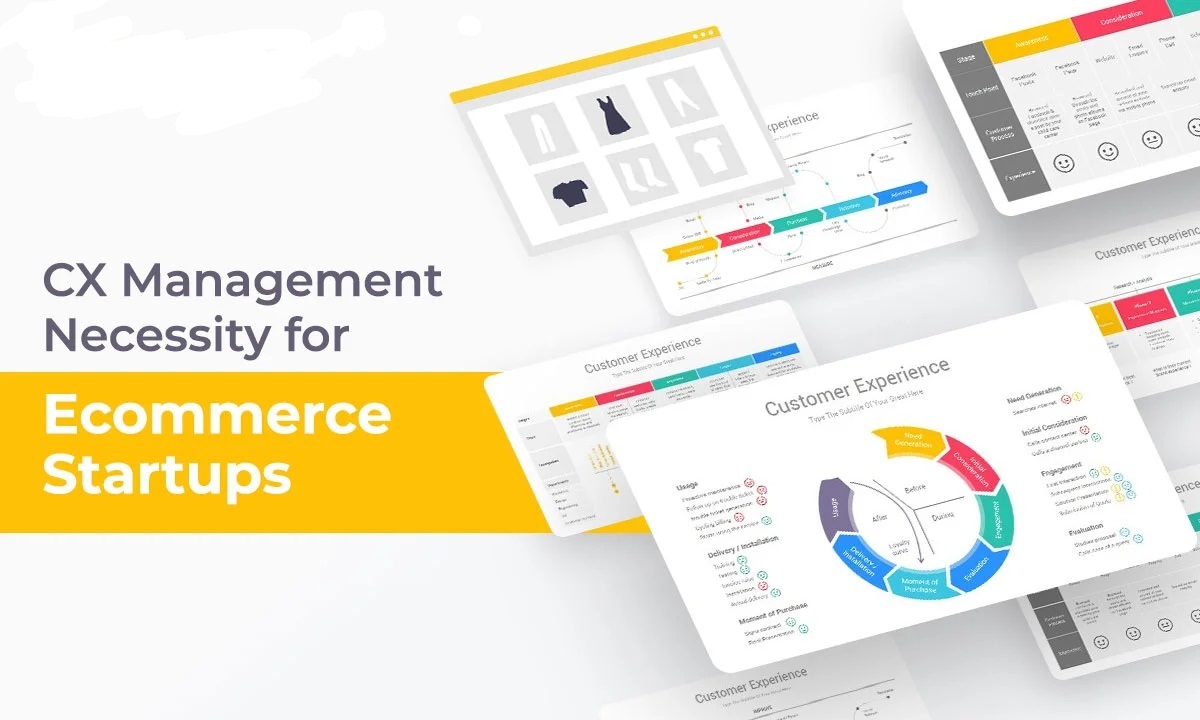
With Industry 4.0, CX has become the most crucial aspect for any business to compete in a market. The business leaders know this as 89% of organizations believe better CX is a competitive advantage. But the problem lies with the fact that 80% of businesses believe that they provide excellent customer service, yet less than 8% of customers agree.
Why this gap?
Most organizations believe providing a superior product and proper communication at touchpoints encompasses superior Customer experience management. But in this era of the digital age and social platforms, customers expect relevant information and personalized communication at the right time and place. To achieve this, an organization must focus on the whole customer journey rather than individual touchpoints that will help them understand problems a customer might face in a particular step of the customer journey.
For a growing e-commerce startup, an enhanced CX is even more crucial as brand recognition and loyalty are very low for them. Market research found that 48% of customers will stop transacting after a poor CX. So, any negative experience in any step will directly result in losing the customer and a bad review that will further stop many potential clients (89% read reviews before purchasing). A growing startup that cannot afford it must have a proactive Customer experience management process in place throughout the customer journey.
What can growing e-commerce do to gain customers' trust and maintain it? Let's dive into the journey of the customer:
1. Onboarding: As a growing organization, it is most likely that a potential customer knows little about you. So, you must communicate about your product and services on all channels simply and, to gain trust, be transparent about your processes. Just a tip, having an Omnichannel CX bot might do the trick here! Answer any queries urgently as losing customers at this step is easiest.
After that, your platform must be optimized for different devices as well loading time should be lightning fast as 40% of visitors leave the page if the loading time is more than 5 seconds. Then comes the signup and e-KYC. The process should be simple, and a voice call support here is most welcomed as a customer will need the confidence to go ahead in the journey if there is any problem.
2. Product-Research: In this step, the customer will browse through your platforms to find the relevant product. It would help if you made it easy for them to find the right product here. This can be done through the categorization and classification of products. Data annotation can help you with this. Also, having a voice search and a chatbot (integrated customer experience management platform) help them find the right product will delight your customers.
As mentioned earlier, reviews play a crucial role here. They'll want to know how each of your products is rated by other customers and be capable of reviews when they have purchased your product.
Reviewing products on your site can be a bit intimidating, as it opens to negative reviewers. Allowing customers to write a complete description of their experience using your product is an excellent method to build a sense of confidence.
3. Add-to-Cart: First and foremost thing here, adding an item to the cart and navigating back and forth from the cart should be simple. If a customer on your platform chooses to add something to their shopping carts, this means you've done it right so far.
For any number of reasons, a customer might leave the items in the cart. It's your job to remind customers that they want something and it's waiting for them in their cart. An omnichannel customer experience platform with bots can continuously remind them through mail or other chat platforms and answer any query that might solidify the buy.
4. Transaction: Trust and safety matter here because money matters. Security certificates will boost the confidence of customers. The online payment process is problematic for many customers. There must be multiple payment options like Net Banking, wallets, Credit and Debit Card transactions, and even cash-on-delivery should be available.
There can be technical issues where the amount is deducted from the buyer's account or credit card, yet the website will not accept payment. Here they will want to contact a human from your side to resolve and give them certainty that their money is not lost. We understand that hiring so many people for this job is not efficient for a growing company. You can outsource this BPOs that understand this interaction's value and have technologies like DMS, TMS, and QMS to faster resolve queries.
5. After Sales: After ordering, the customer must see the order status. And they may want to return or cancel an order. Here you can have outbound calls to customers to know the root problem and resolve it so that the customer doesn’t go ahead. Again, a BPO equipped with an intuitive DMS tool and experience in outbound calls can be of great help.
Throughout this blog, we intend to emphasize the importance of Customer Experience for e-commerce platforms. We examined the customers' overall journey for e-commerce to understand what all the problems customers of e-commerce could face. Customer experience in e-commerce has become a necessity in every e-commerce field, which involves their journey from onboarding to website to purchasing products to complete transactions successfully by their satisfaction with our services. A successful ecommerce business or startup depends on its customer experience and e-commerce cx services. A growing e-commerce company should consider omni-channel customer experience service providers to efficiently use the resources.
